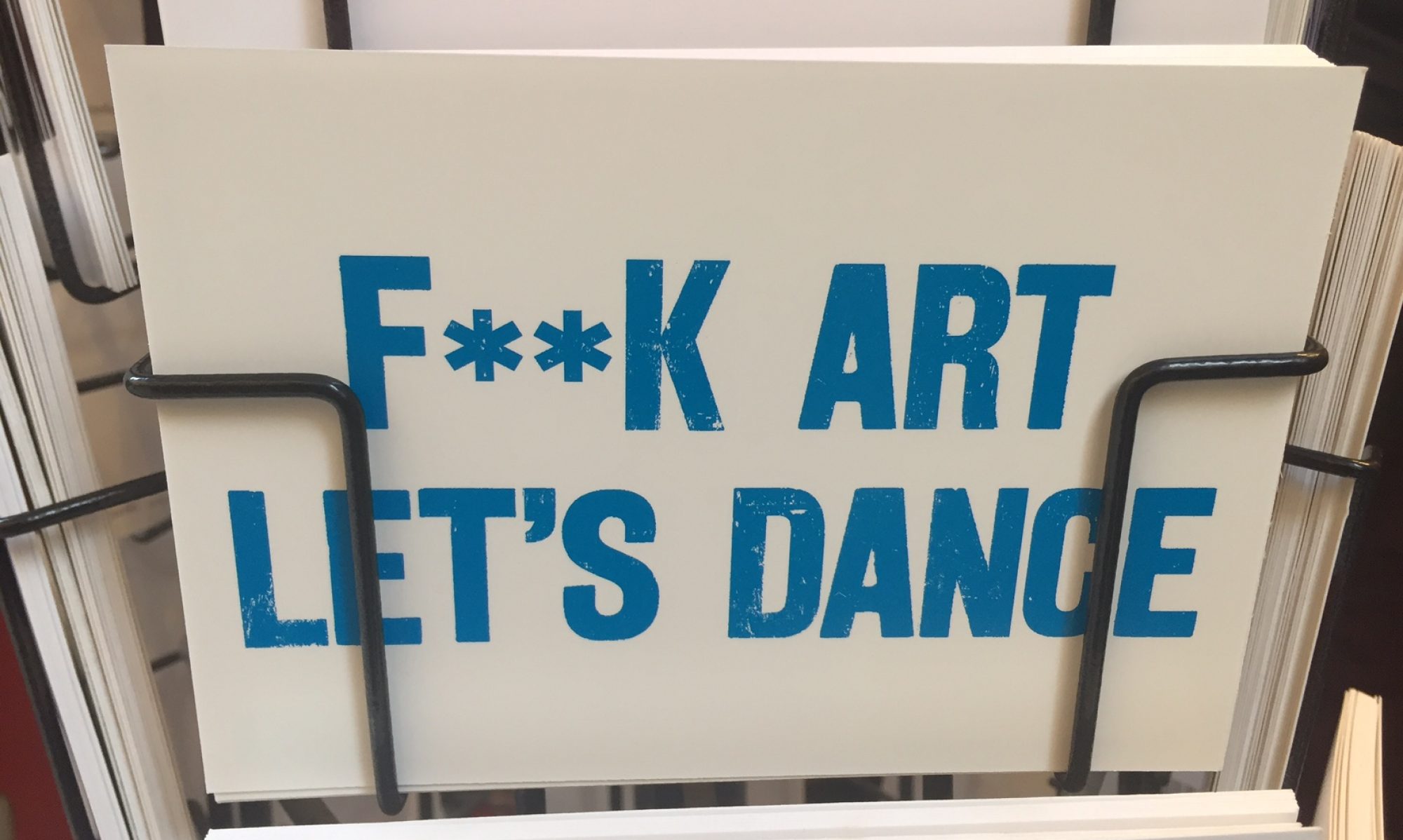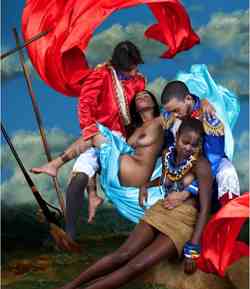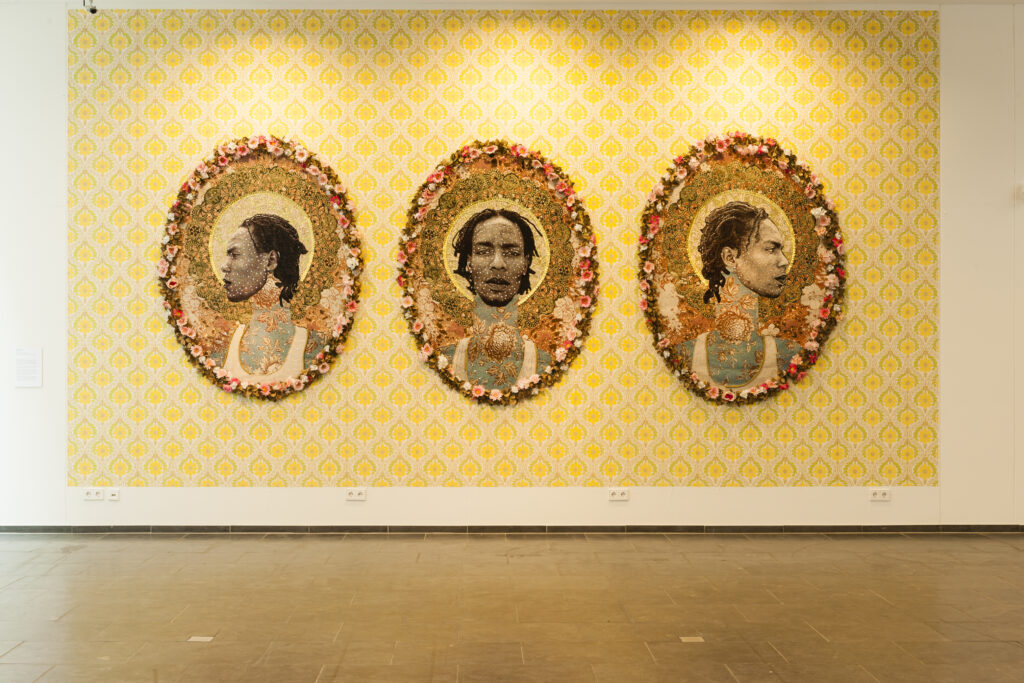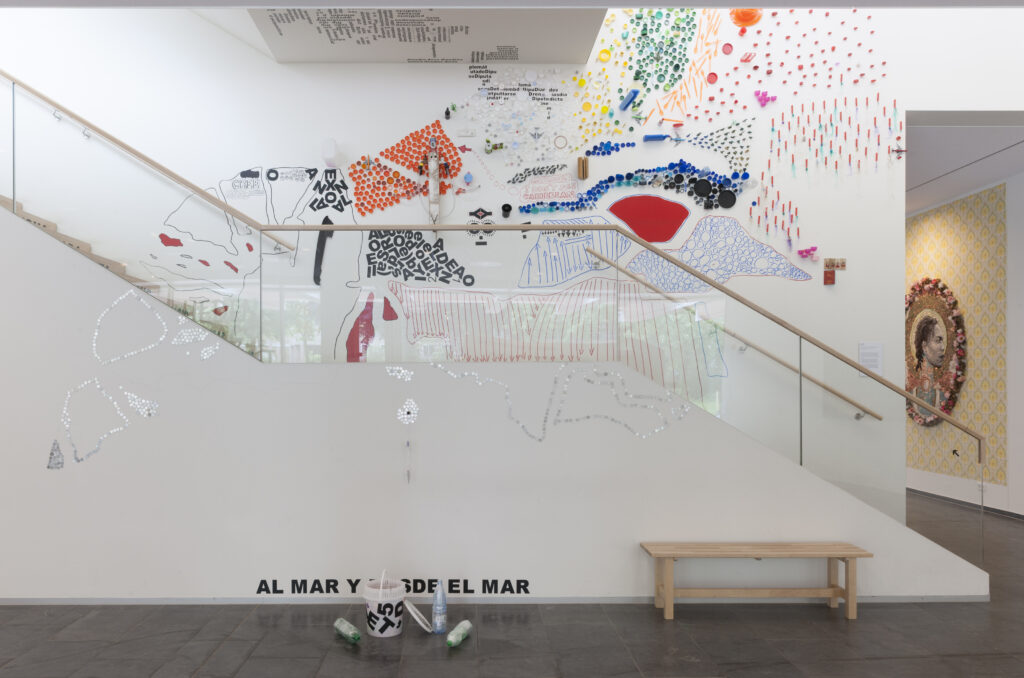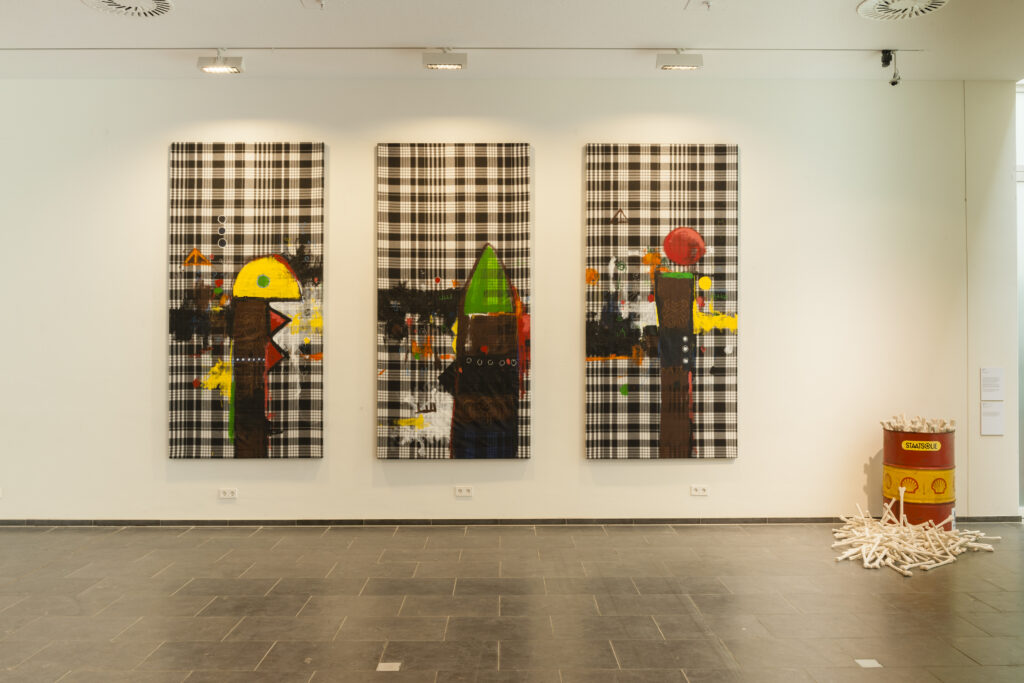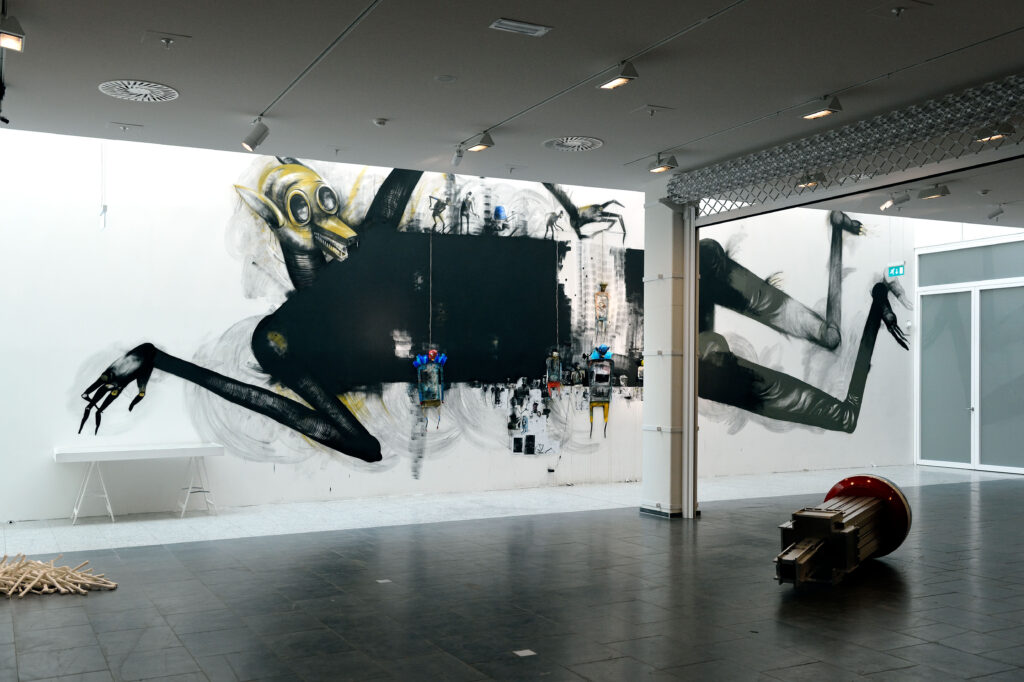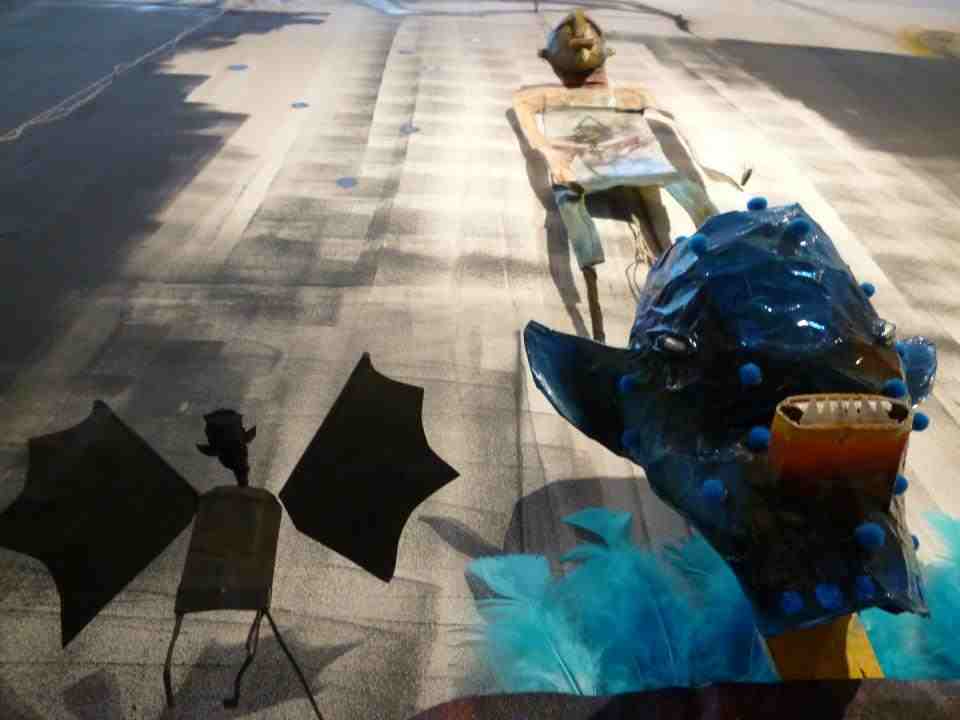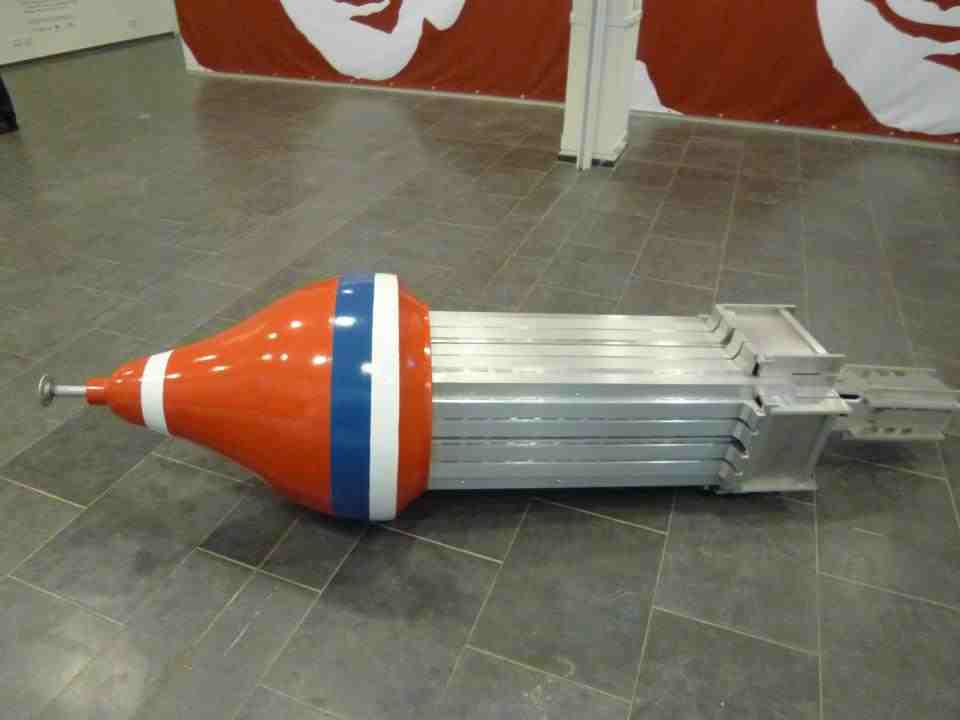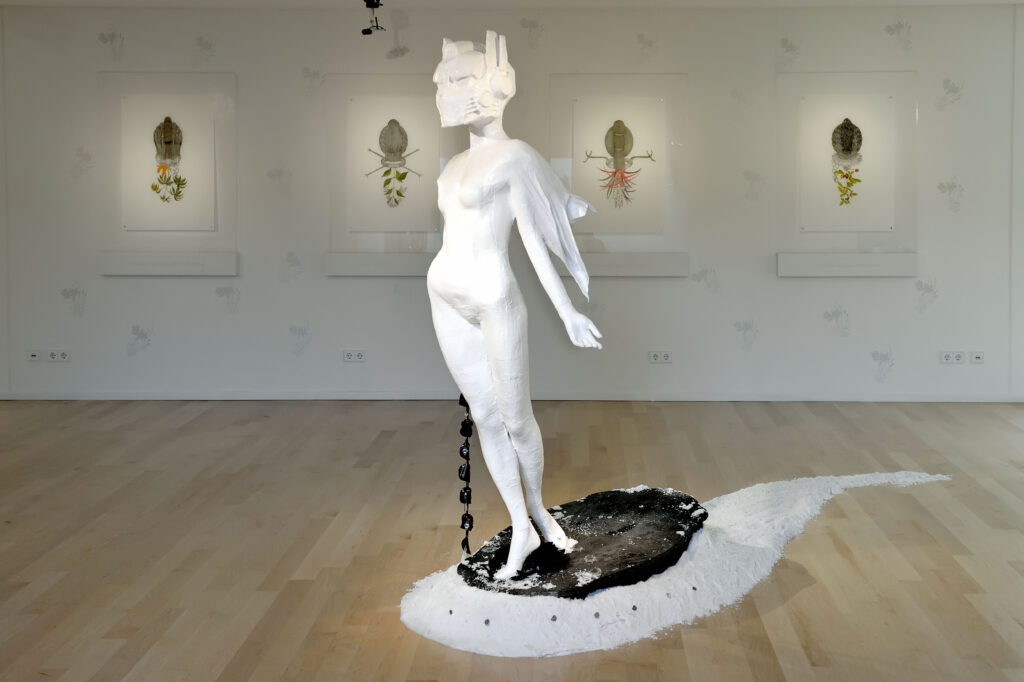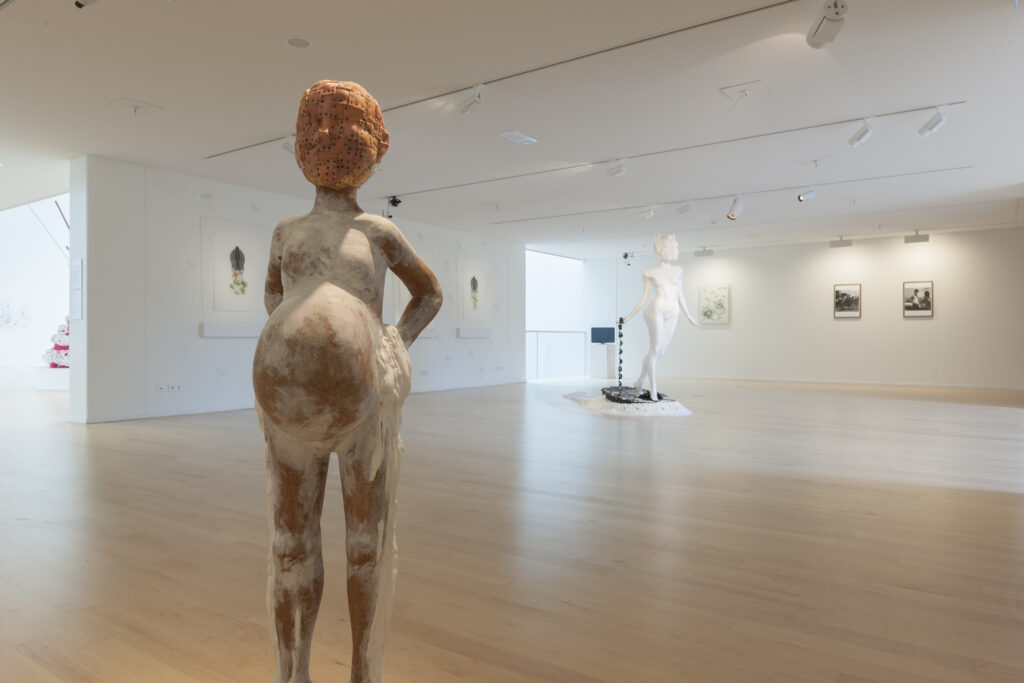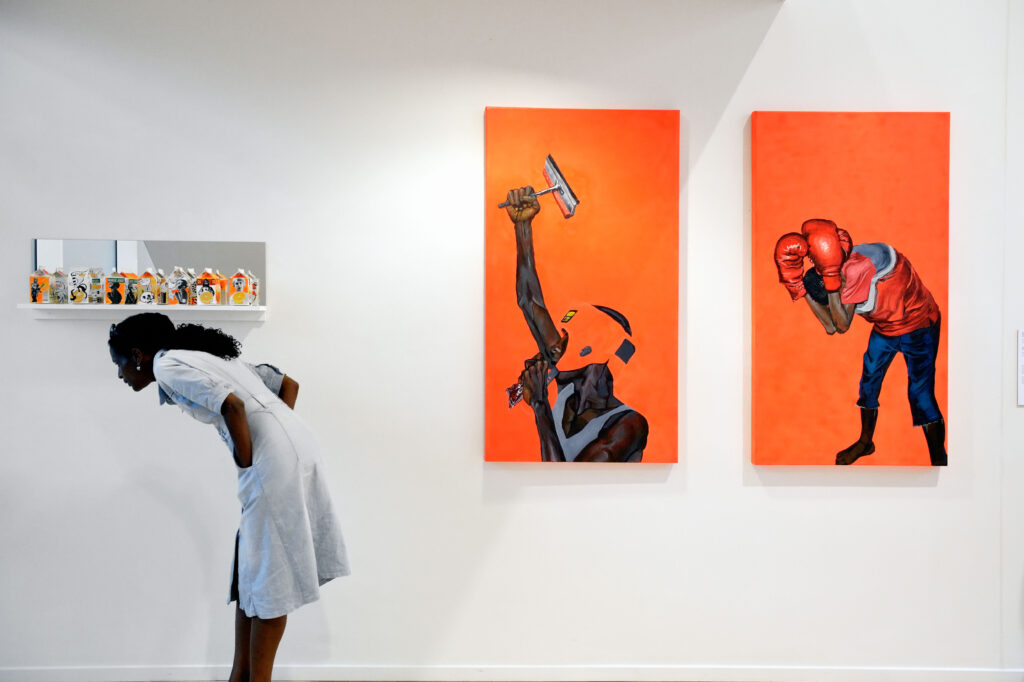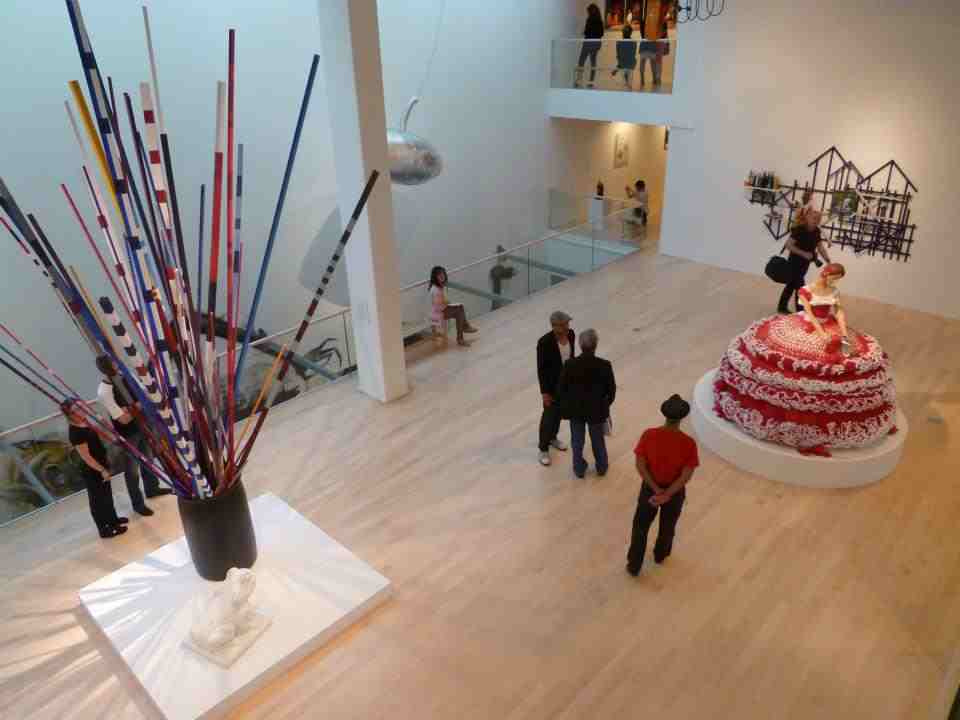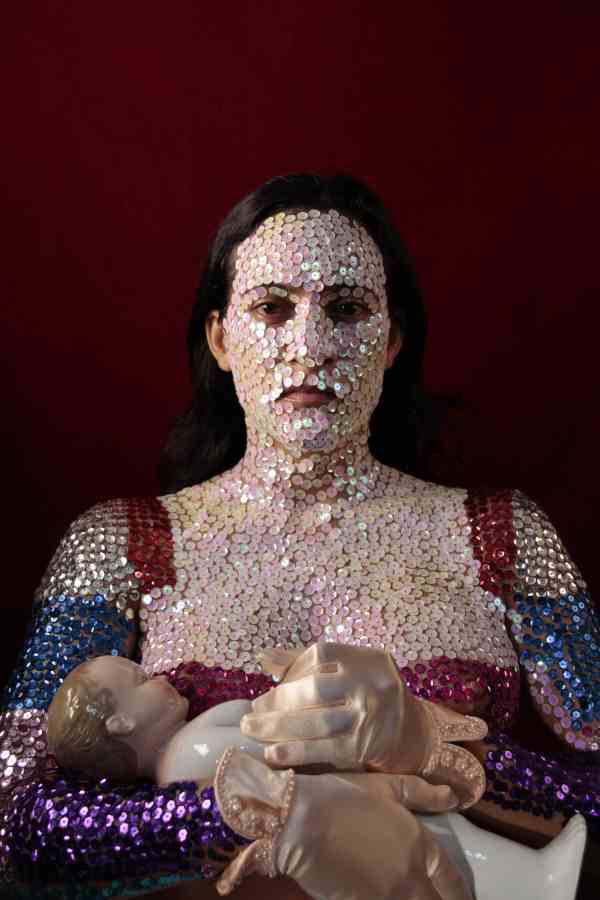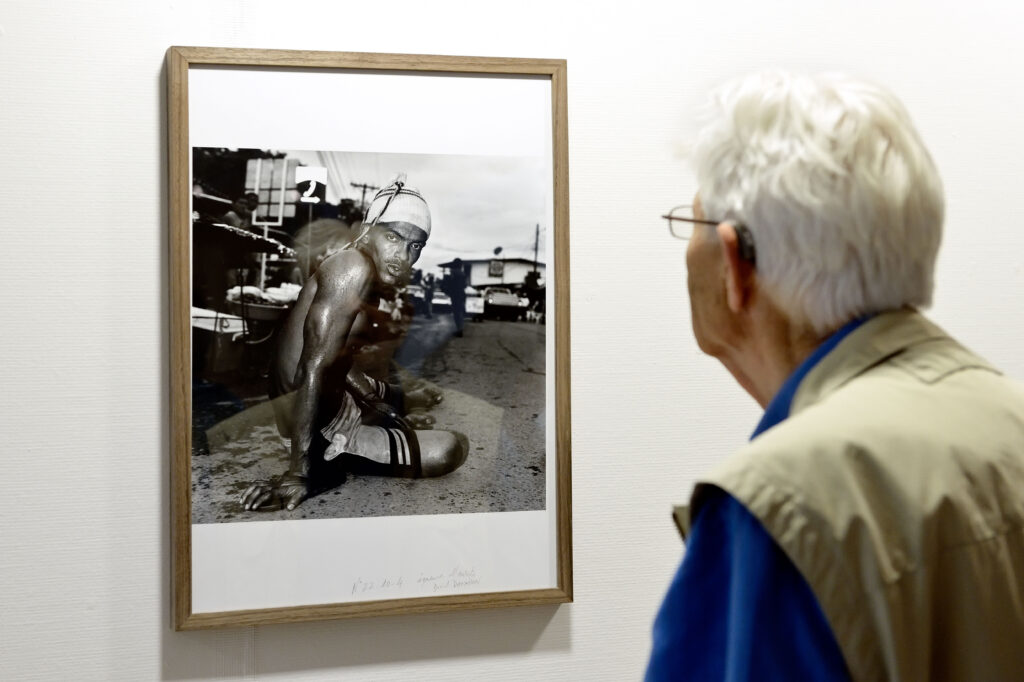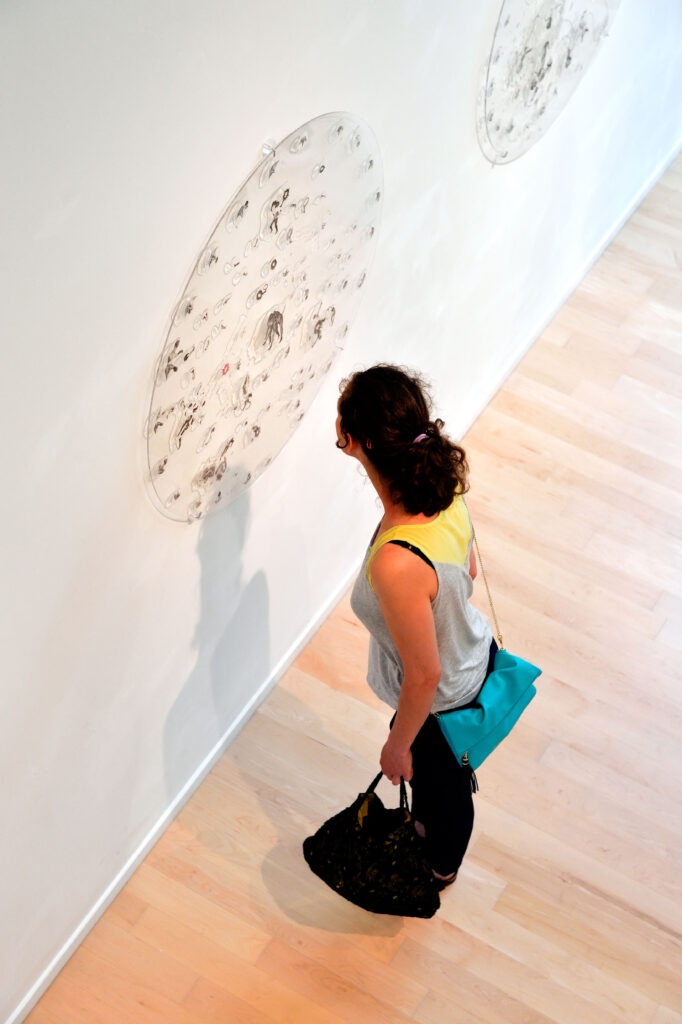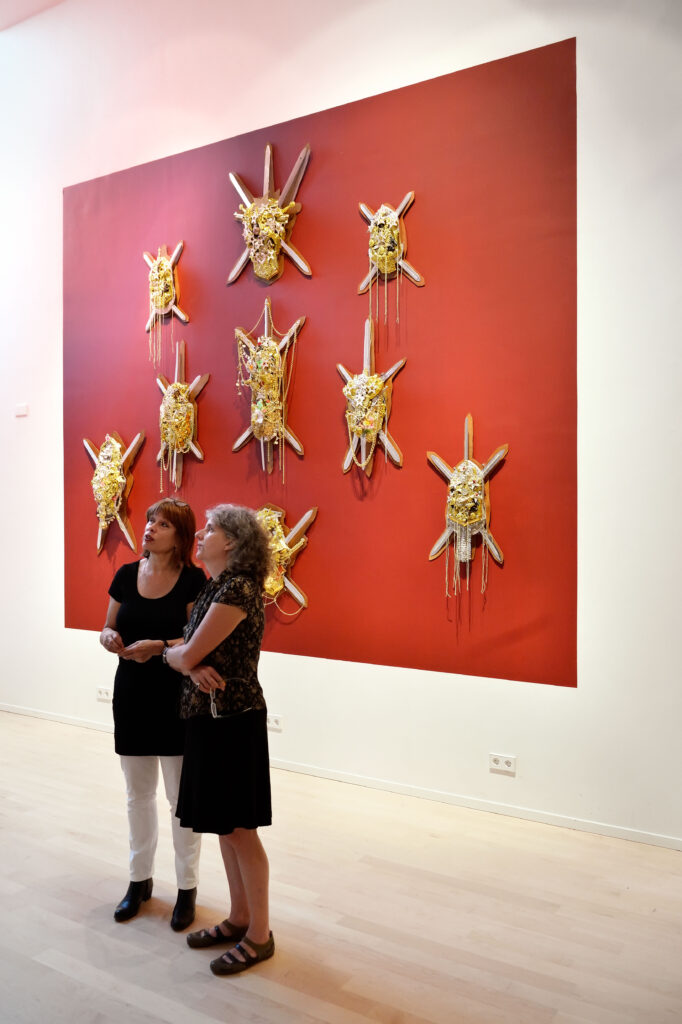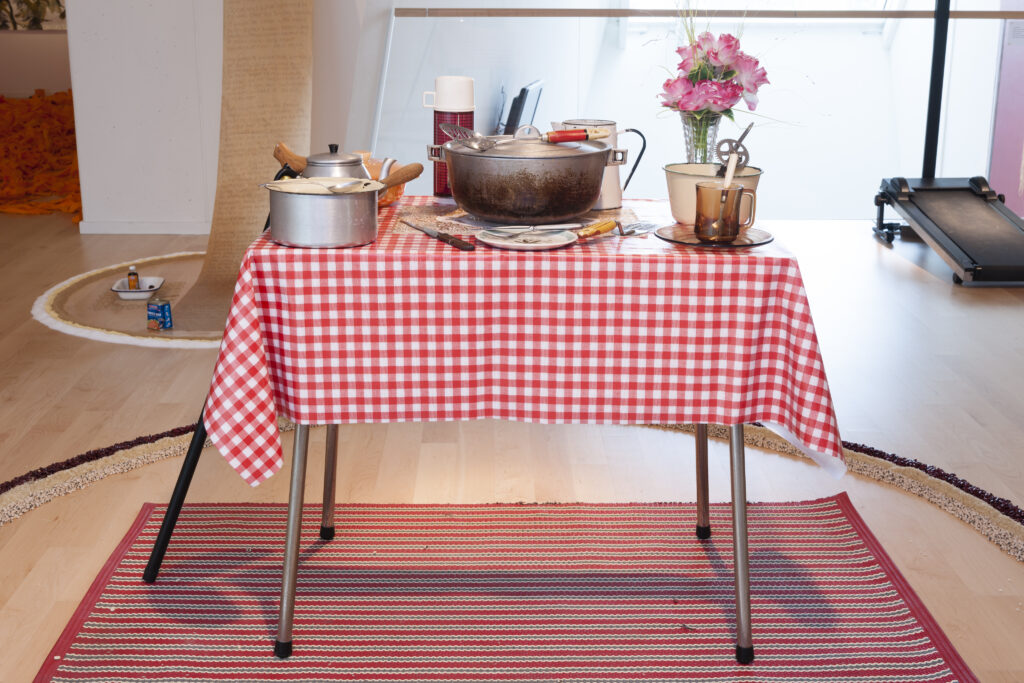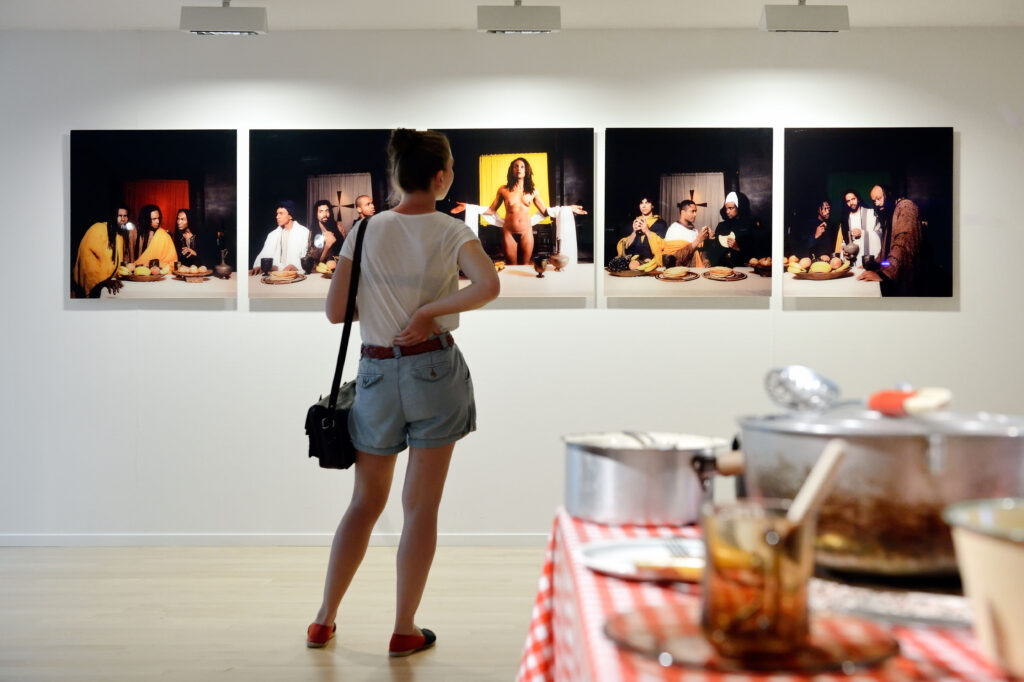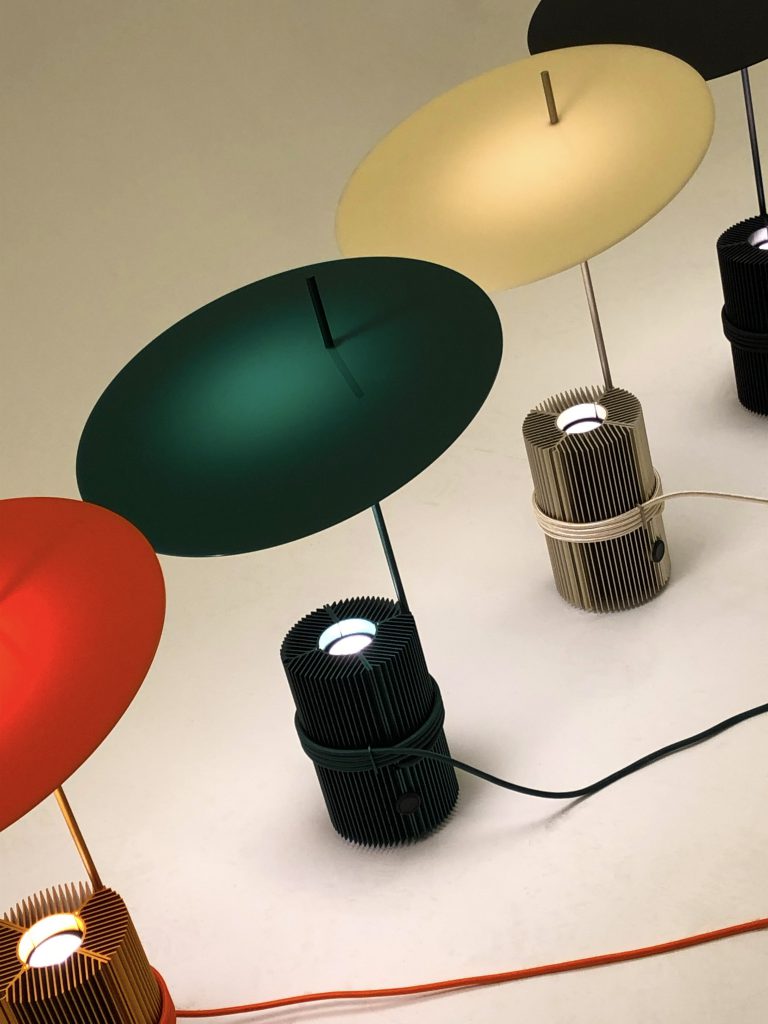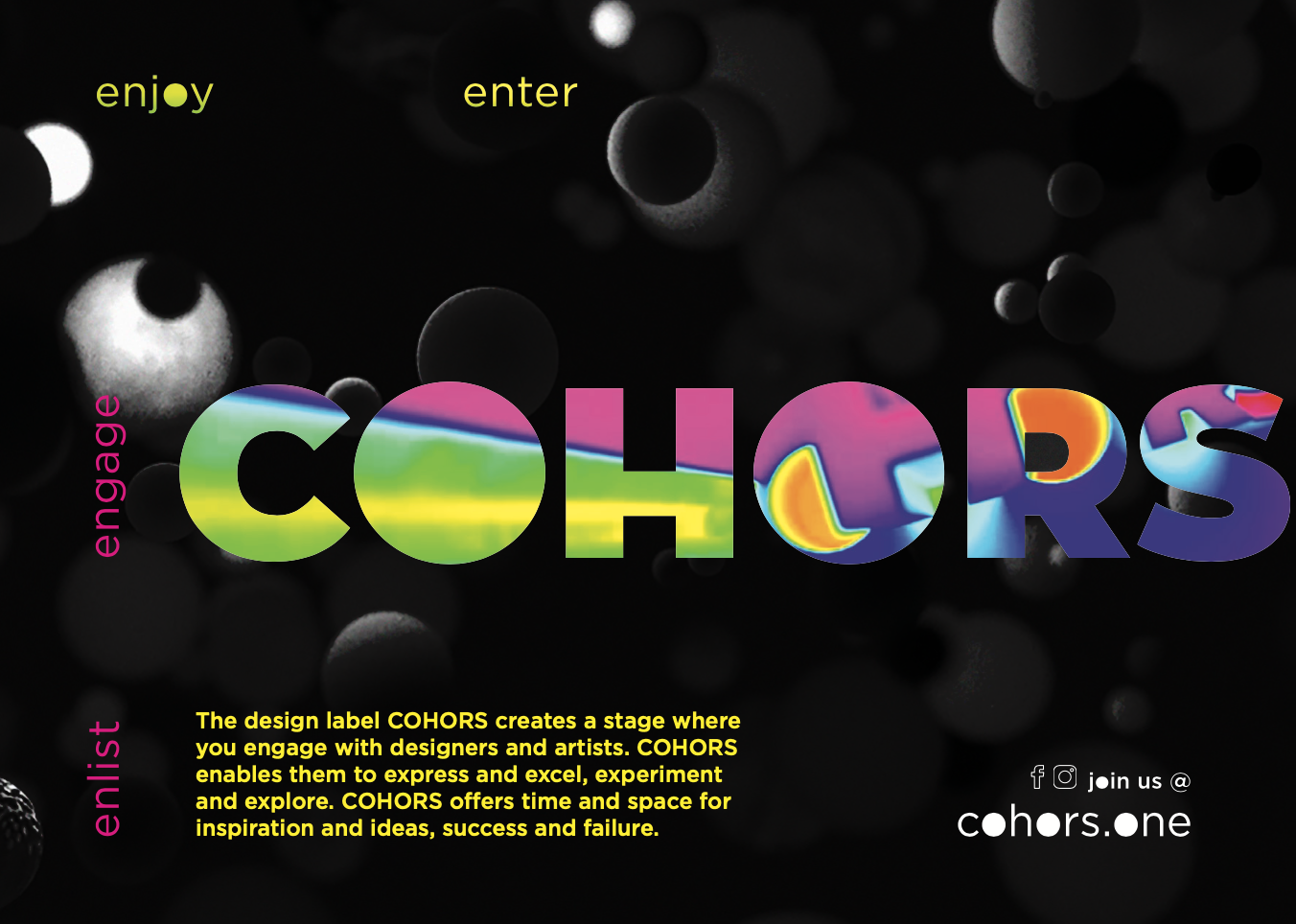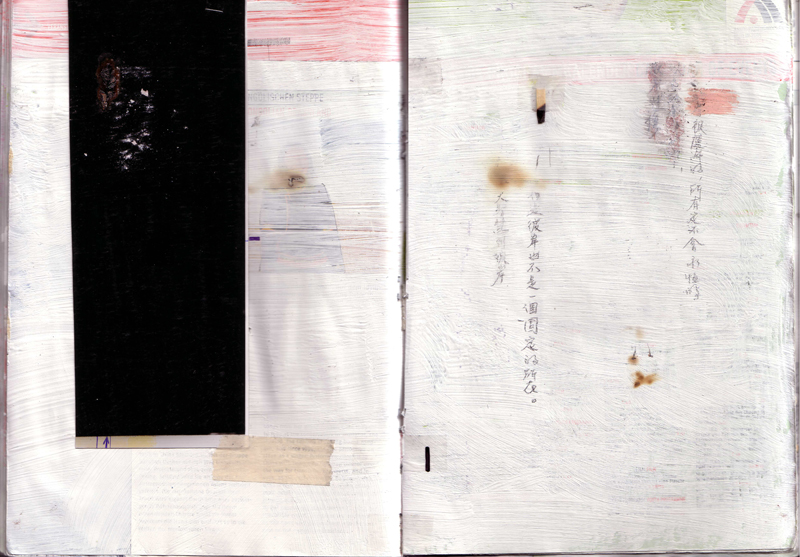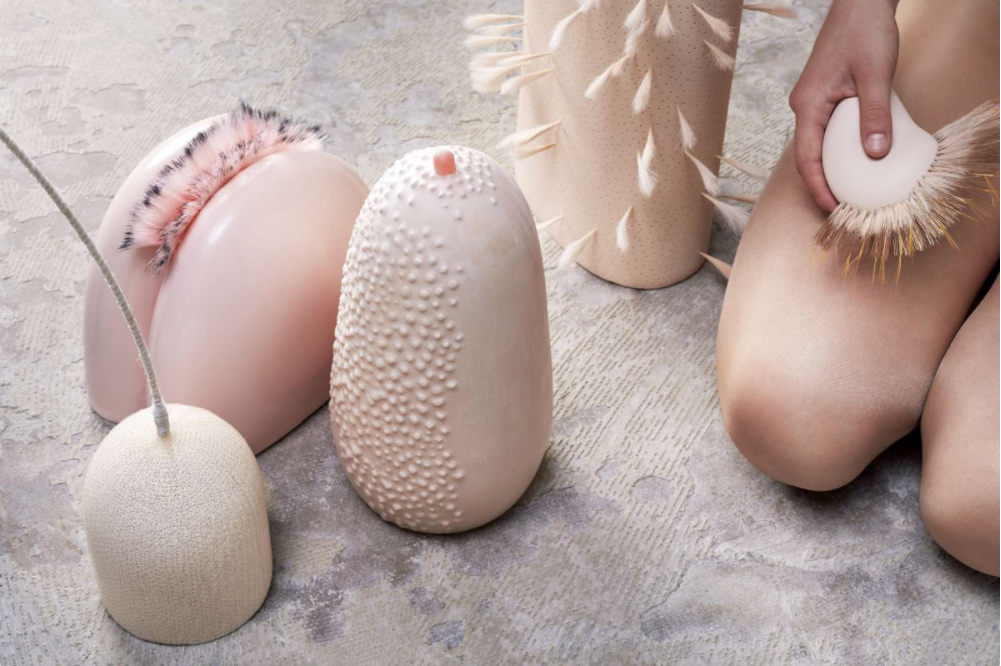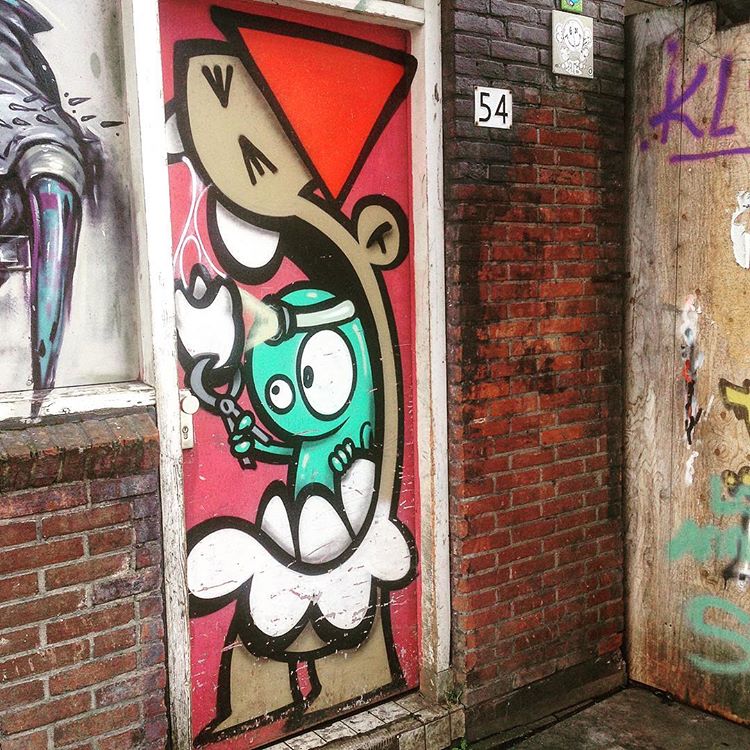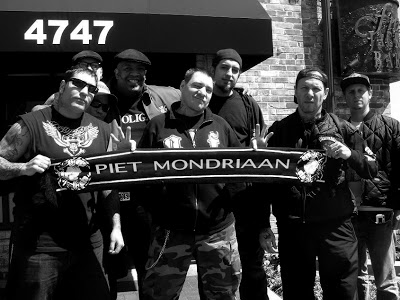Last May 26th it’s been eight years that my exhibition ‘Who More Sci-Fi Than Us?’ opened at Kunsthal KAdE in Amersfoort, The Netherlands. A memorable day: the very first exhibition on Caribbean contemporary art, also showing artists from the Dutch Caribbean within their own cultural habitat and context. And so it’s nagging at me that it had to be none other than Facebook that reminded me.
During 3 months we showed the works of 37 contemporary artists that are related to the Caribbean region, but also to South-America, Europe, the US, the (West-)African continent, etc.; in a firm attempt to show a broad range of new perspectives on this geographical Gordian knot that ties us all together. I even came to the conclusion that almost everyone on the entire globe is in some way tied or assessable to this region. Thanks to the support of Kunsthal KAdE’s director Robbert Roos and his team, we could even commission 12 new works and present a program of debates and movies during that beautiful summer of 2012.
Looking at the world today it makes me sad that we as a society are still having relentless debates on topics we were also trying to open-up back then: racism, implicit bias, the black-pages of our shared history, the huge and tiny signs and signals that are still projected on us (and definitely on some a lot more than others). Each work showed so many nuances, so many angles, gave such a layered view and an abundance of clues on all the prejudices that are projected on people from all over the globe. Day in, day out. We could have had such deep conversations, gained so many new insights on ourselves and Others, and still, so little did we take away from this great opportunity (and many before and after that). I’m not implying that my exhibition (and the catalogue that accompanied it) would have been a Panacea to all of this. Not by any means. There is probably a lot more I could have done back then. At the same time I often feel it would have never been enough. These days I’m reading Robin Diangelo’s ‘White Fragility’ and of course I do grasp why it didn’t work out the way I hoped. Still I don’t have real answers on how we could ever collectively have polite and meaningful conversations on these topics in order to find an entrance to the dialogues that are really, really necessary. “War is not the answer” Marvin said. Art is not the answer, clearly. Although I firmly believe that in some ways it helps…
P.S. A lot of people were puzzled about the title ‘Who More Sci-Fi Than Us?’ During the long conversations with the PR department of Kunsthal KAdE we had to (unfortunately) conclude that the subtitle ‘Contemporary Art from the Caribbean’ was a necessary suffix. All I ever wanted was to avoid labeling this exhibition as ‘Caribbean’; for no-one knows what that really is. And at the same time people all seem to know that it exists!? Reading Junot Diaz’ prize-winning novel The Brief and Wondrous Life of Oscar Wao gave me the answer. Oscar, a ‘ghetto nerd living with his Dominican family in New Jersey’ comes to this conclusion: ‘It might have been a consequence of being Antillean. Who more sci-fi than us?’.
All the artists involved: Ryan Oduber – Joscelyn Gardner – Sheena Rose – Oswaldo Macia – Edgar León – Alexandre Arreachea– Carlos Garaicoa – Yaima Carrazana – Ana Mendieta (†) – Tirzo Martha – Tony Monsanto – Marcos Lora Read – Jorge Pineda – Limber Vilorio – Bruno Pedurand – Hew Locke – Mario Benjamin – Jean-Ulrick Désert – Edouard Duval Carrié – Marvin Bartley – Renée Cox – Leasho Johnson – Ebony G. Patterson – Jean Francois Boclé – David Damoison – Jhafis Quintero Gonzales – Jonathan Harker/ Donna Conlon – Pepón Osorio – Jennifer Allora & Guillermo Calzadilla – Michael McMillan – Remy Jungerman – Charl Landvreugd – Marcel Pinas –Wendell McShine
Authors catalogue (EAN: 9789460222115): Nancy Hoffmann (ed.), Charl Landvreugd, Blanca Victoria López Rodriguez, Leon Wainwright, Giscard Bouschotte, Jocelyn Valton and Simon Njami. The complete catalogue can now be read online thanks to KIT Publishers.
Many thanks to: Francio Guadeloupe, Quinsy Gario, Josien Pieterse (Framer Framed), KIT Publishers, International Photography Biennial GRID en Koehorst In ‘t Veld (catalogue design) for their important role in this project.
